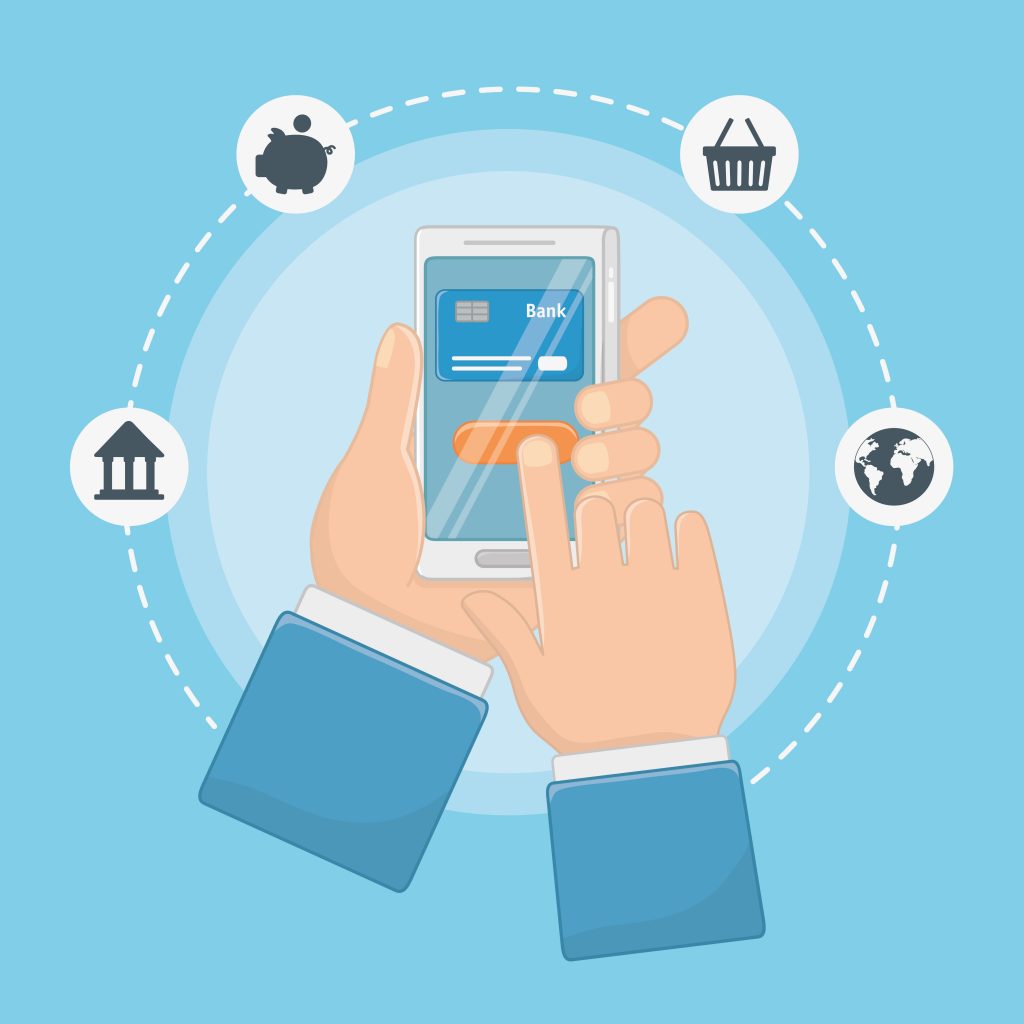Online shopping presents a host of opportunities to buyers and retailers alike, from a wider range of purchase choices to improved convenience and more. One of the top advantages for both parties is the ability to shop – and target shoppers – anywhere in the world where there’s a device and an internet connection.
Indeed, retailers’ customer base is no longer restricted to one area. And as this international commerce becomes increasingly usual, customers are more frequently ordering overseas, meaning that businesses’ products are reaching more people and creating a demand across the globe.
However, while cross-border purchases can present a whole host of opportunities for retailers, many don’t know how to cash in on these as they don’t have the right systems in place to process payments from far and wide. What’s more, cross-border payments can present a lot of new costs and overheads which can make businesses unsure if cross-border payments are an opportunity worth pursuing.
Let’s take a look at a few ways to make sure you’re making the most of cross-border opportunities.
Personalise and localise
Have a think about who your audience is, from their habits to their currency. Do they tend to shop on mobile? Do they require different language settings? Do you have certain products and services which would appeal more to some than others?
Different nations have different preferences, so it’s important to have a think about how best to target them. Remaining familiar to customers really matters – our research has shown that “up to 42% of customers are likely to drop off and search for an alternative website if their preferred payment method is not offered at the checkout.” That’s a huge percentage of customers who get all the way to the checkout page, only to drop off because they do not trust the method you’re offering.
So, localising your payments options is vital to attracting customers across the globe, as well as maintaining them. If they have a positive experience, they’re likely to return – and spread the word.
Take it omnichannel
To provide the best customer experience, the in-store experience must reflect the convenience of the online experience. This is after all what today’s consumer is accustomed to – one-click payment and next-day delivery! However, the in-store experience is still hugely important to customers as they still desire the ability to physically see products before they make a purchase.
With smartphones and 4G, customers are now one step ahead of the in-store retailer, with the ability to research products on their phones as they shop. So, to stay up-to-date, merchants must bring the online in-store, by making sure customers don’t have to do their own research by giving sales assistants the tools they need to provide up-to-date, relevant information on all products, take payments on the spot, and order items for delivery on behalf of customers.
This means that no matter where your customers are based, they can get the same service whether they are in-store or online, unifying the retail experience across all your retail channels.
Keep payments simple
Thanks to the proliferation of online shopping, trade agreements and delivery networks, cross border payments are simpler than ever. What’s less simple is matching the right solution to the right region.
It’s worthwhile for retailers to partner with a payments professional partner they can trust to handle their cross-border payments, ensuring that the entire experience from start to finish is familiar and easy for the consumer. That way, consumers barely even have to consider whether they are shopping locally or not, and merchants can make the most of interest in their products and services from all around the world.
